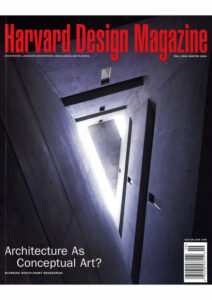Concepts: The Architecture of Hope; On Difficulty and Innovation
The decisive question today is whether this planet is a place of pleasure where people entertain one another, or whether this planet is a school. . . . I am convinced it is a school and that the development of new music can simply never be too complex.
—Karlheinz Stockhausen, 1976
Bertrand Russell used to say that “common sense” sufficed for common problems but that interesting problems required a more disciplined and vigilant approach. Likewise, his antipodal French contemporary, Henri Bergson, argued that only the seemingly artificial exertions of philosophy could save us from the false pathways of mental habit. These were not only arguments for the necessity of formal, philosophical method to inform our actions on the world. They were also symptomatic concerns of their time. The early 20th century was reaching the stage when knowledge was encountering the forces of democratization—a value undeniably good for politics, if not necessarily for thought and culture. The voices and attitudes of the lay and lumpen sectors were emerging with such potential influence that even the loftiest philosophies were obliged to engage them. It was of course the era of masses—mass culture, mass production, and mass consumption—and as such it represented the period in which our own very specific phase of modernization unfolded. It is the era in which all of the modern disciplines took shape and met the challenges of the new—and almost always counterintuitive—forms of knowledge.
Within almost every discipline a cleaving occurred (although within the sciences these cleavings would not persist long, since consensus in science largely follows lines of theory and numerical proof). On the one side were calls for a return to “classical” values that would provide a bulwark against the so-called “irrationalisms” of complex and counterintuitive phenomena. On the other was an outright embrace of the instabilities introduced by these transformations of knowledge and attempts to espouse these as dynamos to drive invention. This agonistic scenario was powerfully experienced in music. Arnold Schönberg’s atonal system of composition not only challenged the “classically” tempered chromatic scale, but also rendered it visible and conventional (rather than “natural”). Though many debate even today whether this particular disruption of the “classical” progression gave us anything of greater richness or beauty than did the classical tradition, no one challenges the fact that the very possibility of continued musical innovation in the 20th century and beyond depended on it. Looking back on that century of unbridled invention that gave us jazz—to mention but one of the 20th century’s anti-classicizing treasures—it is clear that Viennese atonalism (which is arguably an Africanization of classical folk European tonality) was the foundation of musical possibility and music’s guarantee of maintaining a vital relationship to historical realities.
But what was the status of atonality in its beginnings? Many of the great 19th-century composers (even some 18th-century ones) would begin to push their compositions beyond the classical rules—beyond classical tonality—generally within their late works. By the time of Debussy, “pushing beyond” had practically become a starting point. Yet no one could quite have known exactly where the pushing was directed, nor could one push in any disciplined and comprehensive way until method was theorized and systematized, even in an arcane, claustrophobic, and rigid set of concepts and procedures that was known as serialism or dodecaphonism. It was then commonly said that these developments would spell the end of melodic music as we knew it. And serialism, to be completely fair, was not known for the number of soaring masterpieces it was able to generate. Yet in the end, its import was so much greater: it changed the way that we think of the musical or sonorous continuum.
The “conceptualism” of the atonal tradition became the new foundation upon which all new musical thought would take place (even that of the atheoretical Stravinsky). “Tone colors” for example, or timbre qualities, had simply never before been subjected—nor made amenable—to rigorous formal organization. Yet once this step had occurred, it was but a small adjustment to think in terms of rhythmic or periodic relationships as the basis of all composition. From there, even the intense eroticization of post-’50s popular music (rock ‘n’ roll) was only a few logical operations away. Music—the temporal art—clearly still had a whole plethora of “movements” that it had not yet exploited—swinging, rolling, rocking, off-beat phrasing, “blue” modulation, etc.—and this overlay of new dynamics created a series of entirely different possibilities, affects, and worlds. Think of existentialist beat culture, rural blues, antidisestablishmentarian folk pacifism, hippie psychedelia, protest music, punk nihilism, hip hop, house, etc. Who among the inventors and practitioners of these musical forms would have guessed that the “arid” and “academic” conceptualism of Viennese intellectuals could have provided the sinews not only for what they produced, but also for what they thought and felt?
Equivalent arguments may be made for the visual arts, with the advent of film foremost among them (the early century revolutions in science are of course beyond controversy). The life of form is notably more complex than can be exhausted by what any single discipline might refer to as its “tradition.” There is no messing with the dictum that all history remains the history of forms succeeding and miscegenating one another.
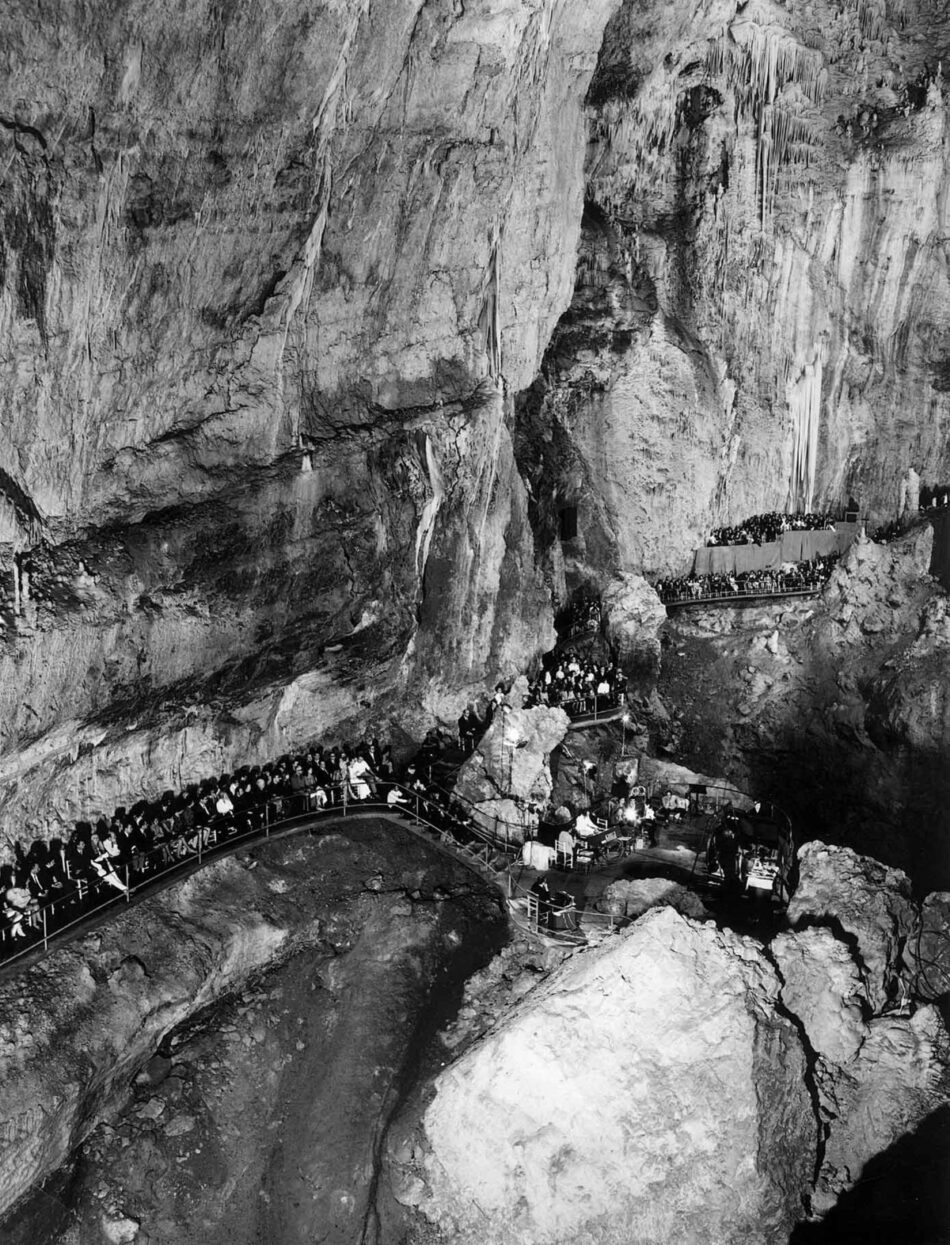
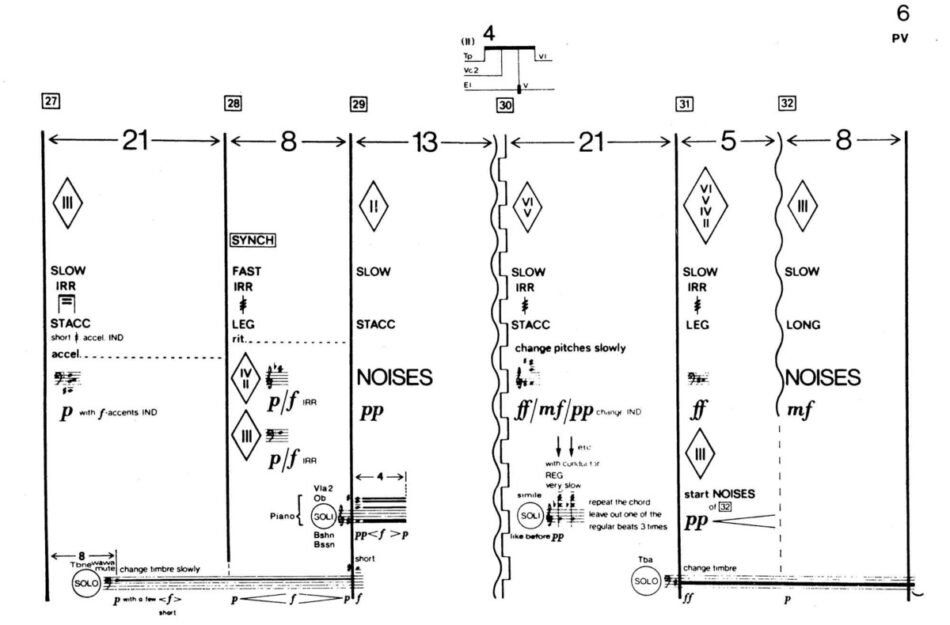
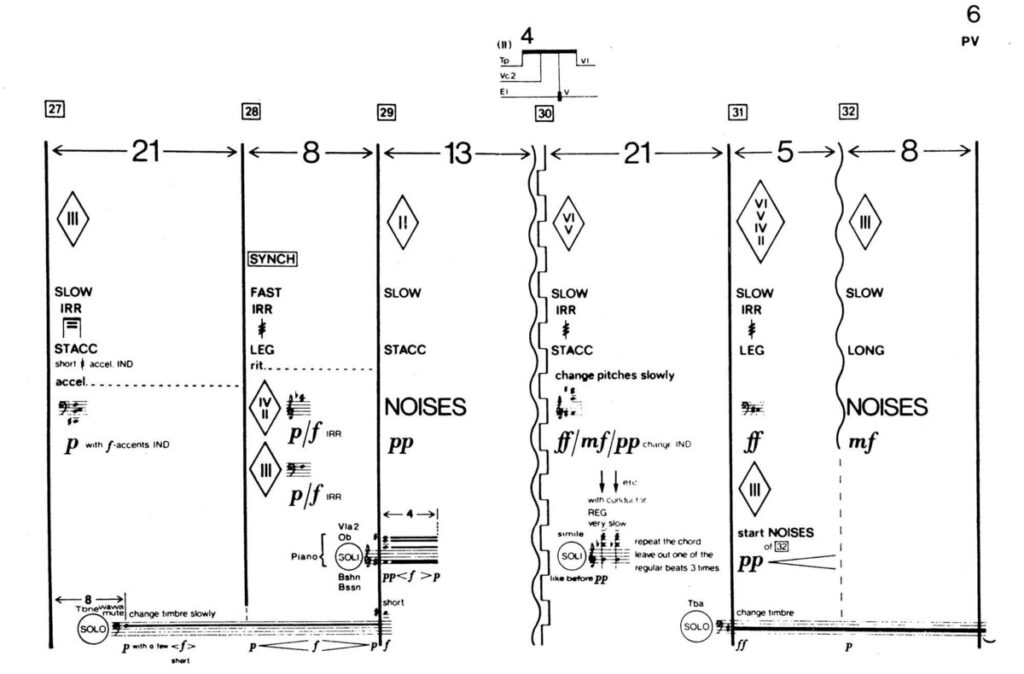
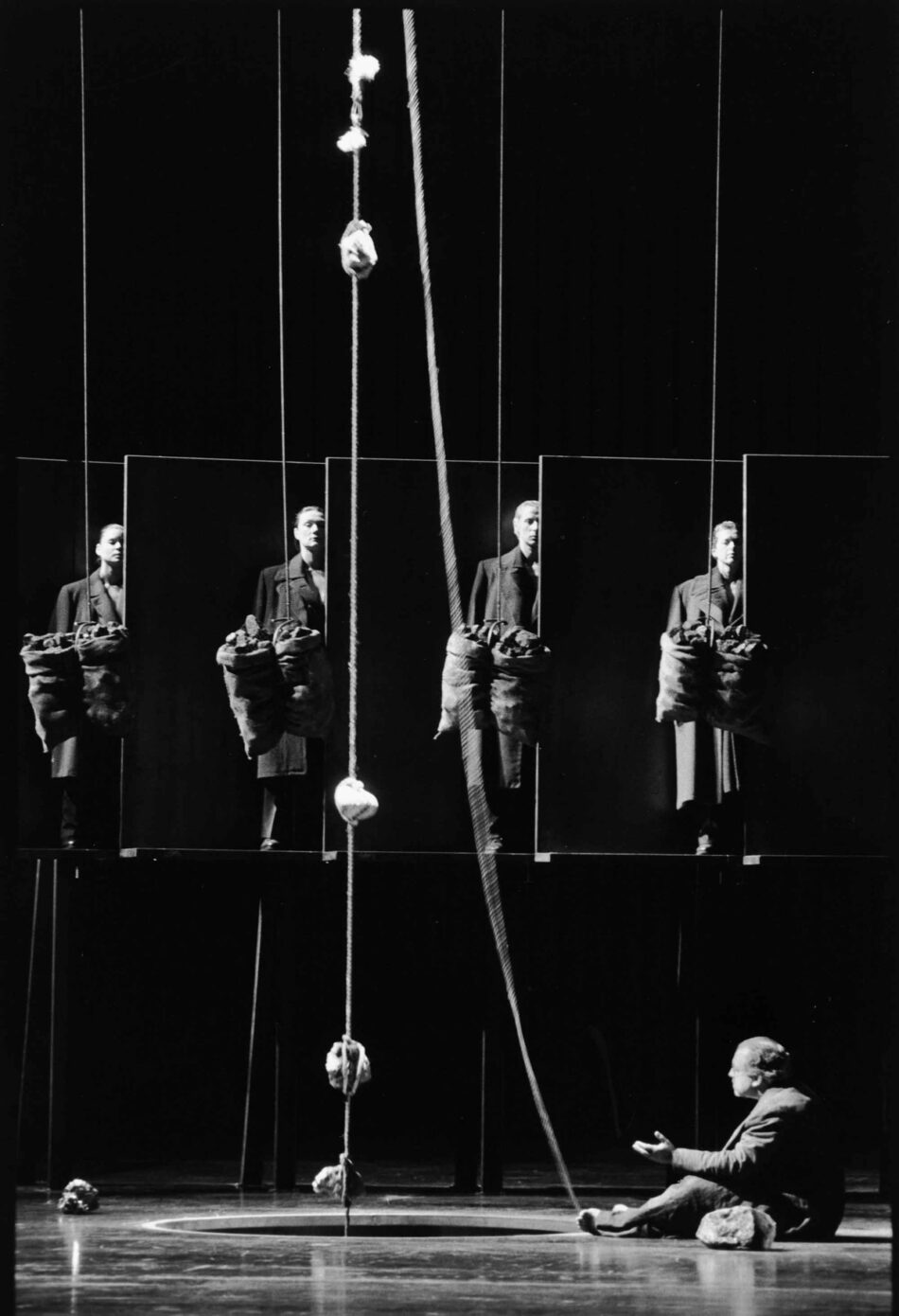
One often protests that art and architecture practices are neither amenable to one another nor comparable, and should not be asked to be. But aesthetes always in the end, despite their abhorrence of the self-conscious rigors and constraints of art practice, claim artistic status for the architectural masterpieces they admire. How useful is this elegiac mode? Besides appearing to foster a culture of excellence, it rarely provides criteria other than cult ones, and in the end becomes mired in mere assertions of sensibility and taste. I fall prey to this myself and am still surprised when even “obvious” masterpieces—like Pierre Chareau’s Maison de verre, Wright’s Guggenheim, Toyo Ito’s Sendai Mediatheque, Foreign Office Architects’ Yokohama Ferry Terminal, OMA’s Maison á Bordeaux—fail to find universal admiration. But the architecture field’s richest attribute, I remind myself, is the perpetual instability it generates that demands constant discussion and controversy. Legitimate controversy depends on the comparability of systems of ideas (not just random or miscellaneous ones), and conceptual schemas are always the raw material of which these systems are made.1
I count Robert Smithson’s work, for example, as a watershed not only for art but also for architecture (it too is a favorite child in the Duchampian lineage), but the difference is that I am able to make arguments for it that do not rely on others simply sharing my estimation of its aesthetic value or beauty. The work is rooted in problems and concepts—thermodynamics, relationships between micro- and macrostructure, spatial and temporal imbrication, rhythm, arithmetic irrationalism, etc.—and it is about the rootedness of physical facts within problems and concepts. It asks: What constitutes worldliness? I believe that this is the issue that brings us to where the current anxieties and debates about “conceptualism” in architecture are rooted. The 1960s produced the need for all forms of practice—social and political, as well as aesthetic—to escape the oppressive pieties of existentialism, aestheticism, and conformism, and the conceptual art movement was one central experiment among many. It strove to place cultural production in the world, and in so doing to destroy the mystical transcendence of the Church-disciplines and their products. This is why the antiminimalist, anticonceptualist Michael Fried was able to pronounce as his final Protestant disqualification that transcendent “presentness is Grace.”2
In complete contrast to Fried’s view, the dramatic transformation of the life and career of sculptor Tony Smith from architect to artist, provoked by an epiphanic experience, may well represent the founding moment—and source—of the legitimate historical influence that conceptual art has had on our practice and our world as architects. The event is recounted in his famous early ’60s interview with Samuel Wagstaff, Jr.3 and describes a late-night drive on an unfinished stretch of the New Jersey Turnpike accompanied by a few of his students from the Cooper Union. The experience of hurtling blindly across an engineered, but still unmarked and unilluminated surface with little sense of where one is or what might be approaching, embedded in the surrounding environment like a ballistic object around which the recognizable world contorts and transforms over time, appears to have provoked within him a total disenchantment with the precepts of painting and even of the still metaphysical Corbusian promenade. His revelation, I believe, had a great deal to do with the car serving as a prosthesis for the eye; the projective aspect here effected a supersedure even of cinematic perception. The “eye” had become an emergent effect of the “field” of multiple objects within a single (inertial) frame in dynamic correlation, no longer privileged (“painting looks pretty pictorial after that”4), but derived from the perpetual, relative disposition of physical integers over time. Perception was now an affair that included far more than the conventional senses and their simple refinement. As Alfred North Whitehead might have said, perception now depended on the “modal ingression” of the world into every one of its parts: objects doing things to objects. Thus the theory of “internal relations”—or relations tout court—replaced the last vestiges of psychologism, placed “perception” in the world, and changed the nature of space forever.
The type of intuition by which the world proceeds today is arguably no longer the one routinely delivered to the relaxed observer of everyday life. The “truth” or reality of things is more likely distributed within the continuum of what Foucault once called “rarity, exteriority, accumulation,”5 in other words, it is grasped only in extremis and only rarely. This is why, in my view, architecture must not concede—especially now—too readily or too completely to the seductions of pastorality, contemplation, or even celebration. While pleasure is nothing to be ashamed of (even if failure to cultivate it may well be), it is certainly not the enemy of hypothesis, risk, speculation, or philosophical labor. And it is certainly not the enemy of organized thinking or fundamental research.
As every thoughtful architect knows, an object is never other than an object in disposition. When musical composition emancipated itself from its prison-house within the acoustically generated spectrum of the classical chromatic scale, it allowed one to rewrite the rules for controlling tones and sounds and combining them into structural relationships. One of the most important things that we learned is that we can’t always or initially hear these relationships, and yet we know that they both exist and serve a critical (audible or supra-audible) function. What we don’t access literally with our ears, we can actually learn to access through a transformation in the organization of our human apparatus—a new posture or attitude, a new distribution of attention, a new form of physical listening. Concepts were then, and remain today, the primary walking sticks with which we navigate new space and reshape ourselves. There is no reason to deny architecture the power of this extraordinary transformative engine. Concepts are the architecture of hope.
But precisely whose core concern is the problem of form? Sure, mathematics has been having a marvelous recent go at it, but truly only since Henri Poincaré (or Georg Riemann and Nikolai Lobachevsky at the very outside). Biology adopted the form problem, but only in the last eighty years, only reluctantly, and with continuing resistance. Taking their cues from science, certain art historians—actually epistemological aestheticians—such as Henri Focillon and George Kubler, once sketched out an ambitiously promising terrain for the study of form, but then moved on and elsewhere. Is the problem of form as the sophisticated analysis and invention of formal hypotheses not indeed the special province of the cosmopolitan architect? Most architects will happily answer this question in the affirmative, albeit with a host of varying qualifications. The important thing is that the architect generally recognizes that as important as building may be, it represents but the pragmatic side of a more extensive intellectual practice—the physical application of strategies and hypotheses developed in response to a wide array of social, historical, and epistemological givens. Though I regret the pretentious clumsiness of this last adjective, there is simply no other way to denote one of the most important—and ill-understood—determinants of cultural form: its foundations in the organization, techniques, and habits of knowledge. There can be no doubt that since the multiple transformations of 20th-century modernization, what is denoted by the terms context or milieu can simply no longer be furnished by the history of styles alone.
This is where the question of “concepts” and their use or abuse in creative practice arises. Can the conceptual movement in art, for example, be said to have been good for art? If one is an admirer of academic painting, say that of Géricault or Delacroix, and one likes only what is conventional (and brilliantly executed) about them, there is no doubt that conceptualism will seem like a tragic corruption and an impoverishment of a great and noble human activity. But was it not inevitable, given the social and intellectual stultifications that these practices entailed, that it would happen one day that an artist—Marcel Duchamp in the present case—would need to declare “Enough! Enough with retinal painting!” (including even, and especially, Impressionism)? Was it not bound to be recognized that the smug and paralytic “bêtise [imbecility] des peintres”—Duchamp again—had become an obstacle to the social and cultural power of the artist, fettering cultural development as art began to implode into the platitudes of “common sense” (for art too is among those practices, like philosophy, whose supposed purpose is to save us from ourselves). Duchamp’s creative output: a series of store-bought objects with infinitesimal alterations (“assists”), a smattering of crude “puns” in three dimensions, and a pair of overworked and over-interpreted twenty-year long obsessions (the Large Glass, the Etant donnés) can hardly be usefully compared to a so-called neo-classical “masterpiece” like the best of a Jacques-Louis David. But the capacity of Duchamp’s work to renew art practice (or supplant it outright, the pious might say), to render it newly flexible and open to a wide array of new non-academic realities and relationships, was prodigious. Alongside them, even Cubism’s innovations are barely measurable, while those of French neo-classicism are pitiful at best.
As with Schönberg, it is fruitless to debate the merits or “beauty” of the individual works of history’s great transformers. (Even to the more conventionally-minded viewer, Picasso’s Les Desmoiselles d’Avignon will not appear precisely beautiful.) One needs rather to judge their capacity to transform experience and practice in a foundational way. It must not be forgotten that the work of these practitioners is purposely and necessarily difficult—and it is this difficulty that we must find a way to celebrate today. Without constant contact with the culture and ethos of difficulty we are hard pressed to make ourselves better than dilettantes. And it is arguable that dilettantism—whose many modern forms include parochialism, specialism, “expertise”— represents a deeper and more menacing form of mediocrity in our present culture than the other more noticeable and transient ones (such as the surfeit of design) that are plaguing the design world today. Nor should we neglect the cryptic difficulty of a Siza (whose cryptic-ness is itself no virtue) in favor of the more exhibitionist (and sometimes ersatz) forms of difficulty of a late Eisenman or a post-Libeskind pretender.
Duchamp’s conceptualism gave way to nearly every significant innovation in 20th-century art (though to be sure this included much fatuous postmodernist work in the ’80s that sought to pass for a neo-avant-garde). But the ’50s shaped canvases of Frank Stella (“What you see is what you see. . .”), the promiscuous Pop surfaces of Robert Rauschenberg, the blunt literalism of Jasper Johns, the entire sculptural project of Minimalism—all are direct descendants of the Duchampian discovery of art’s profound dependency on and relationship to its physical and intellectual context. For Duchamp, the (illocutionary) position of an artistic utterance was everything (hence the entire career of French artist Daniel Buren may be seen as an essentially Duchampian elaboration). Though I personally hold Duchamp’s art to merit the adjective great, I would not consider it necessary to defend it. All that counts, I would insist, is what new fundamental perceptions and practices he made possible in the world.
